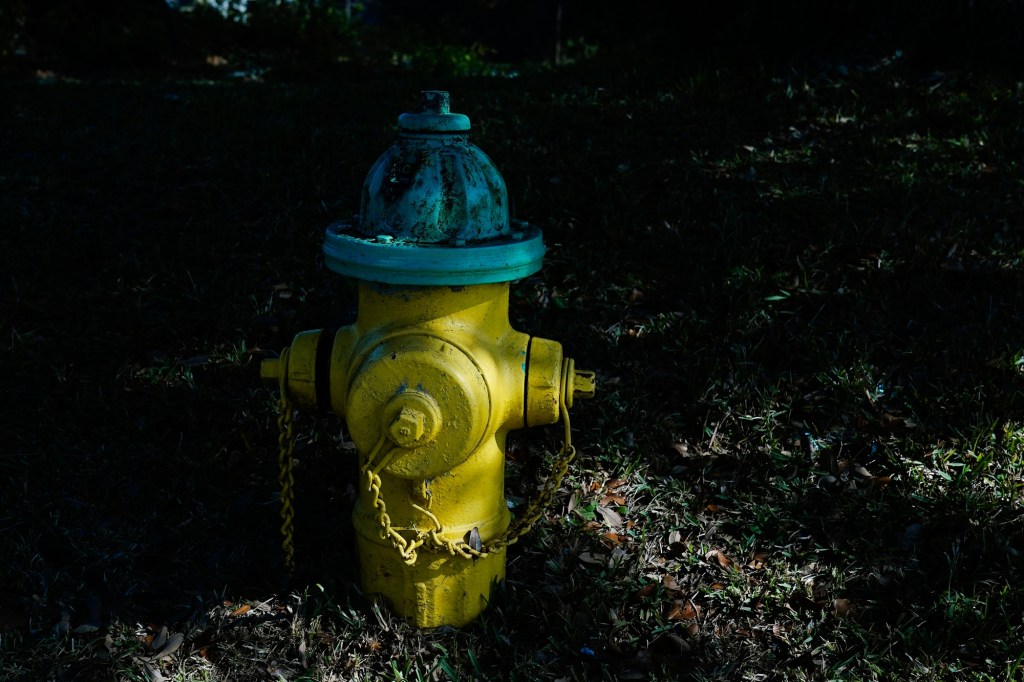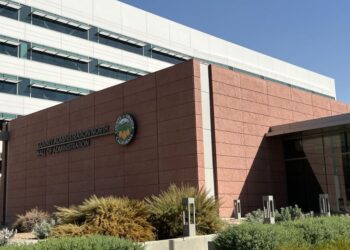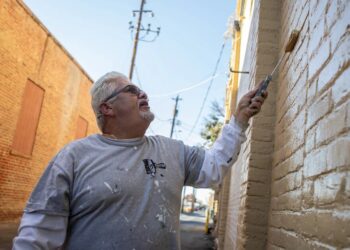By Tammy Webber | Associated Press
Trillions of gallons are lost from aging drinking water systems across the U.S., underscoring an economic and public health reckoning after decades of deferred maintenance and disinvestment that leave some communities struggling to provide reliable service.
The problem is especially acute in older industrial and rural areas in the eastern half of the country that have experienced significant population and industrial decline that leave behind poorer residents, vacant neighborhoods and too-large water systems.
In the Detroit enclave of Highland Park, where the population halved in the past 20 years, an estimated 70% of the water is lost from pipes up to 120 years old. Several Chicago suburbs likely are losing more than 40% of water. And some Georgia systems are losing more than 80% of their treated drinking water, said Sunil Sinha, a water researcher at Virginia Tech.
A January cold snap caused water line breaks in dozens of communities, including Memphis, Tennessee, and an Arkansas town that was without water for two weeks. But systems crack and leak year-round.
Jackson, Mississippi’s system almost collapsed in August 2022, leaving many of the 150,000 residents without water for weeks. Even before that, it was losing an estimated 65% of water, including millions of gallons gushing from broken pipes for years, said Ted Henifin, the water system’s federally appointed third-party manager.
“The waste and cost to ratepayers if you’re losing 50 or 60 percent of your water, it’s enough to make your blood boil,” said Eric Oswald, drinking water director at Michigan’s Department of Environment, Great Lakes and Energy. He said water loss affects many shrinking and older Michigan communities.
Yet water loss has drawn less scrutiny than issues like lead service lines and overflowing sewers, although it has serious consequences: Communities buy or treat far more water than they otherwise would; water in oversized systems…
Read the full article here







